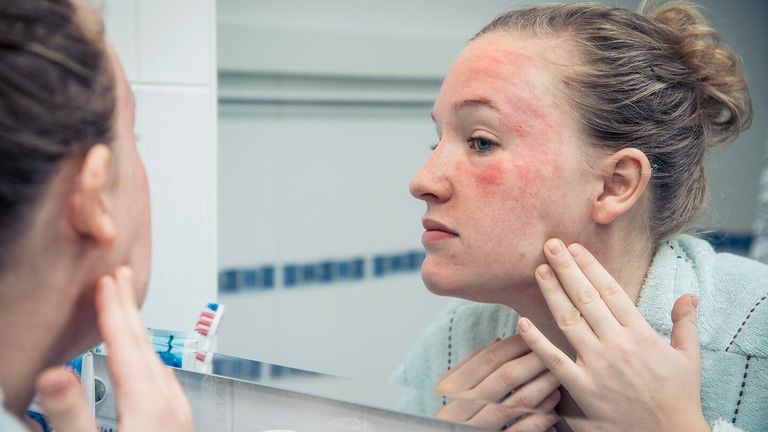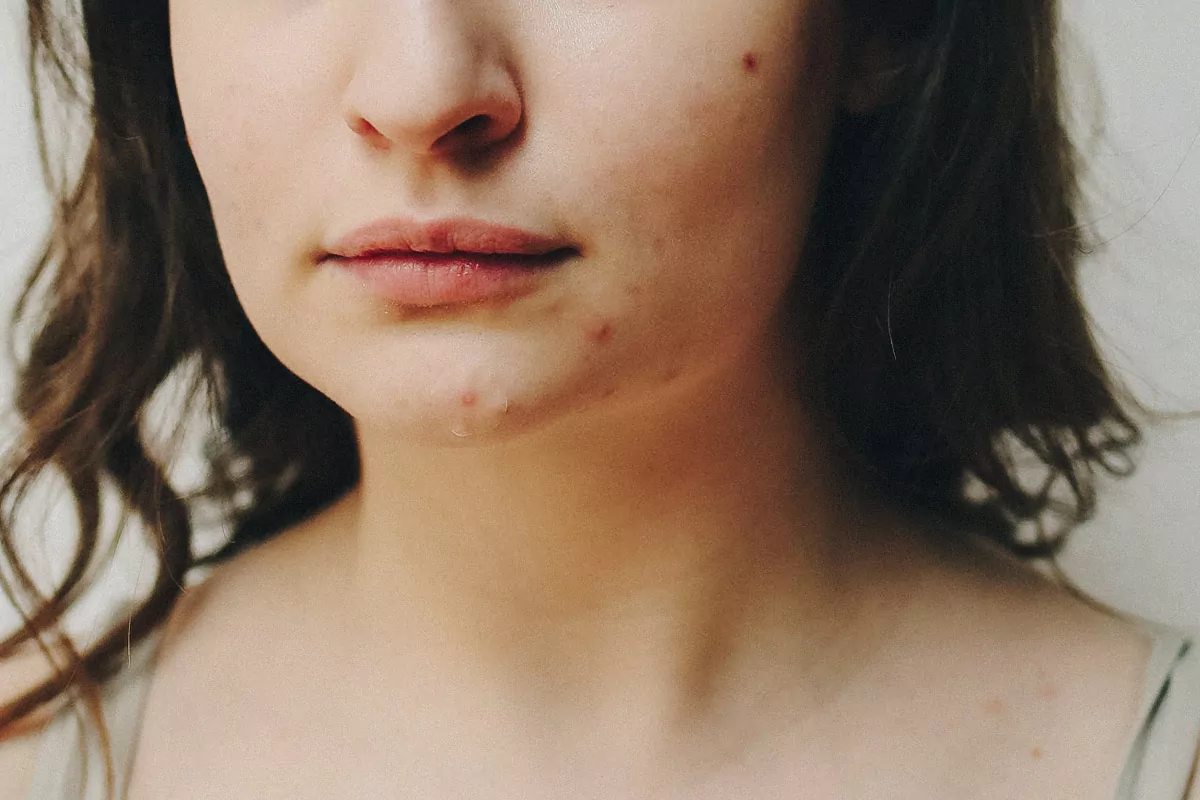
A skin rash refers to a skin condition that causes swelling, inflammation, or irritation. Skin rashes may include skin bumps similar to pimples or sores, blotchy, scaly, red, and itchy skin. Skin reactions can be caused by allergies, heat, or certain medical conditions, some more severe than others. Some skin reactions are immediate, while others can take time. While some rashes are more common on the face, others can flare up on the arms, legs, or torso. The skin rash’s location, color, and appearance can determine the correct diagnosis and treatment.
It is important to remember that the term rash could refer to many things to many people. Whitney, MD, is the director of dermatology at the University of Colorado School of Medicine and spokesperson for the American Academy of Dermatology. A dermatologist will say that rash can refer to anything from connective tissue diseases like Lupus to infections to something more obvious. For example, if you use a laundry detergent and notice redness or irritation under your arms, you can switch to the old detergent to get rid of it.
Prickly Heat: Skin irritation caused by sweat blocking Pores
Heat rash or prickly heat can cause redder skin that stings and itches. You may also develop small skin bumps. Heat rash occurs when sweat becomes blocked in your pores. This is a common rash that occurs in children but can also occur at any age. This happens when skin rubs against clothing or skin, such as underarms, breasts, neck, and breasts. The best way to reduce friction is to cool.
Intertrigo: A Itchy Rash in the Folds of the Body
Intertrigo is a skin condition that develops under the breasts or in the skin folds. Chafing can cause a rash with red or brown skin. This skin can become infected by yeast or bacteria and may even turn raw. Itchy skin may appear as a rash. People with diabetes who are overweight are more likely to experience this rash. The treatment involves treating the inflammation with antifungal or steroidal creams, keeping it dry, and treating any infections.
Rosacea: Inflammation and Redness on the Face
Rosacea is a common skin condition. It affects adults’ faces. Rosacea is characterized by reddening of the cheeks and nose, forehead, chin, and forehead. You may notice small blood vessels on the skin’s surface. This is not indicative of acne breakouts. Rosacea is most commonly found on the face. However, it can also affect the ears, neck, scalp, and chest. Although there is no cure for the condition, antibiotics can reduce symptoms.
Eczema: Itchy, red, dry skin all over the body
Eczema can also be called dermatitis or skin inflammation. Eczema can cause your skin to be itchy, cracked, and red. Your skin will become reddened and inflamed from scratching. Eczema does not spread quickly. Common causes are detergents, soaps and wool, dry and stress, and wool. Although it is more common in children and infants, it can also be observed in adults. Avoiding substances that can cause skin irritation and maintaining a moisturizing routine are the best ways to treat it. You can also use topical or oral medication to ease your symptoms.
Contact Dermatitis: Skin irritation or allergy can cause a skin rash
Contact dermatitis can result from any allergen or irritating substance in contact with your skin. The most common irritations are solvents, pesticides, and detergents. Allergy to contact dermatitis can be caused by poison ivy and cosmetics. It also occurs when medications are applied to the skin. Contact dermatitis may manifest as skin reddening, blisters or bumps, scales, crusts, sores, and skin scaling. Itching is common. Contact dermatitis can be treated by washing the skin with anti-itch lotions or steroids.



